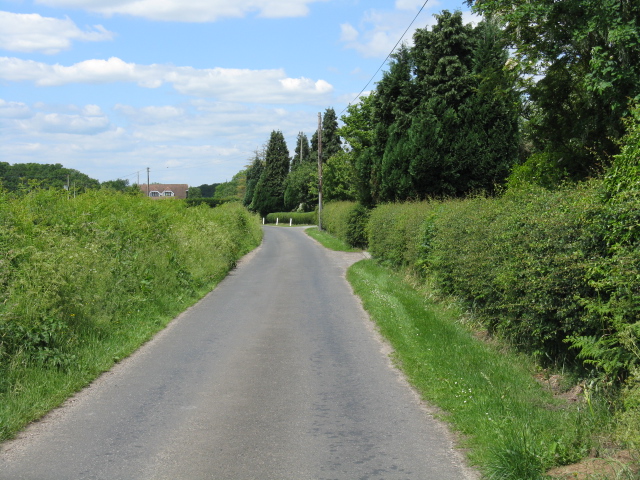Arclid
Settlement in Cheshire
England
Arclid

Arclid is a small village located in the county of Cheshire, in the northwest of England. Situated approximately 5 miles southeast of the town of Sandbach, it is nestled within the picturesque countryside of the Cheshire Plain.
With a population of around 500 residents, Arclid is known for its peaceful and rural setting. The village is surrounded by rolling farmland, providing a tranquil atmosphere and beautiful scenery. The landscape is dotted with traditional Cheshire red brick houses, giving the village a charming and timeless character.
Arclid has a rich history, dating back to the medieval era. The name "Arclid" is derived from the Old English words "ar" and "clyde," meaning "a place where oats are grown." This suggests that agriculture has played a significant role in the village's development throughout the centuries.
Despite its small size, Arclid offers a range of amenities to its residents. These include a local primary school, a village hall, and a church. The village also benefits from its proximity to larger towns, such as Sandbach, which provide additional services and amenities.
For those seeking outdoor activities, Arclid is surrounded by numerous footpaths and bridleways, making it an ideal location for walking, cycling, and horse riding. The village is also conveniently located near the M6 motorway, providing easy access to larger cities such as Manchester and Stoke-on-Trent.
In summary, Arclid is a small and picturesque village in Cheshire, offering a peaceful and rural lifestyle amidst beautiful countryside. Its rich history, range of amenities, and proximity to larger towns make it an attractive place to live for those seeking a quiet and idyllic setting.
If you have any feedback on the listing, please let us know in the comments section below.
Arclid Images
Images are sourced within 2km of 53.158264/-2.317083 or Grid Reference SJ7862. Thanks to Geograph Open Source API. All images are credited.




Arclid is located at Grid Ref: SJ7862 (Lat: 53.158264, Lng: -2.317083)
Unitary Authority: Cheshire East
Police Authority: Cheshire
What 3 Words
///skate.headlines.glance. Near Sandbach, Cheshire
Nearby Locations
Related Wikis
Arclid
Arclid is a village and civil parish in the unitary authority of Cheshire East and the ceremonial county of Cheshire, England. It is about two miles...
Congleton (borough)
Congleton was, from 1974 to 2009, a local government district with borough status in Cheshire, England. It included the towns of Congleton, Alsager, Middlewich...
St John the Evangelist's Church, Sandbach Heath
St John the Evangelist's Church is in Sandbach Heath, about 1 mile (1.6 km) northeast of Sandbach, Cheshire, England. It is an active Anglican parish...
Brickhouses
Brickhouses is a hamlet near Sandbach, Cheshire, England. == See also == Brickhouse (disambiguation) == References ==
Nearby Amenities
Located within 500m of 53.158264,-2.317083Have you been to Arclid?
Leave your review of Arclid below (or comments, questions and feedback).
















